What You May See
Emergency Departments are stocked with a huge array of intricate and oddly shaped, beeping and blinking equipment. It all serves an important purpose
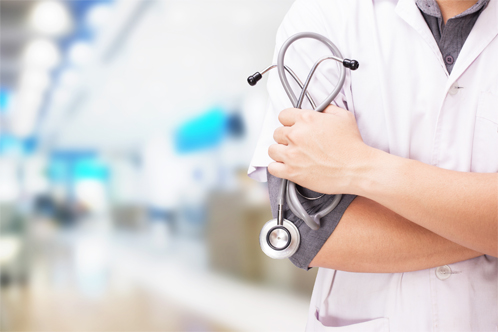
Stethoscope
A stethoscope can be an incredibly useful diagnostic tool. It lets a nurse or doctor listen to heart and respiratory sounds. For example, stethoscopes are especially good at hearing a heart murmur, a sign of a possibly abnormal heart valve.
When listening to the lungs with a stethoscope, a doctor can diagnose diseases such as pneumonia, asthma, collapsed lungs or congestive heart failure.
A stethoscope also is used to take blood pressure. A nurse listens to the flow of blood through arteries.
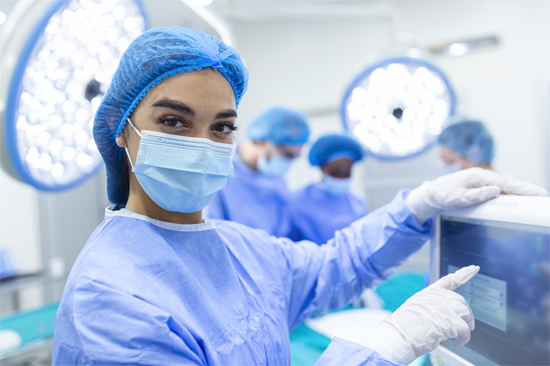
Cardiac Monitor
Cardiac monitors give a visual display of the heart rhythm. This can be very useful, particularly during a heart attack when a patient can suddenly develop a lethal cardiac rhythm. A patient is connected to the monitor by three sticky patches on the chest, attached to the monitor via wires. The monitors are set to alarm if the heart rate goes above or below a predetermined number.
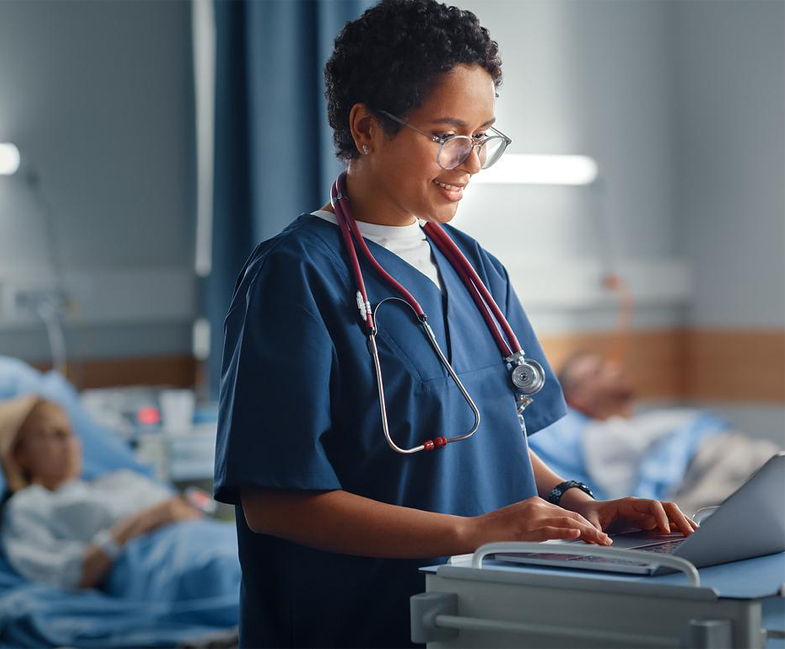
Suture Tray
This tray contains the sterile equipment needed to place stitches in a patient with a laceration. Equipment includes: a needle holder, forceps (used to hold the lacerated tissue), sterile towels (to drape off non sterile areas of the body), scissors, and small bowls (that hold antiseptic solutions).
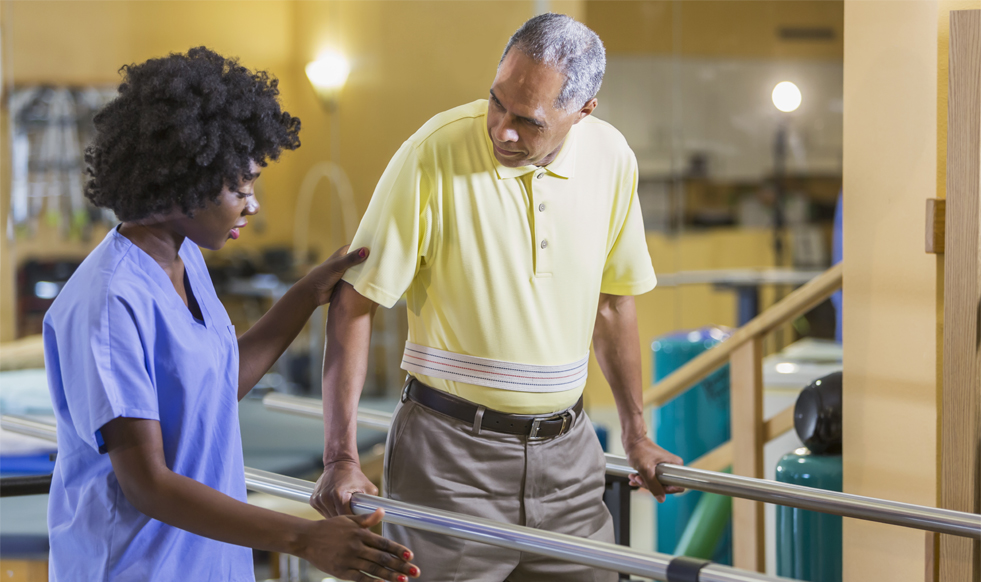
Orthopedic Equipment
Most emergency rooms have a generous number of orthopedic devices. These can include plaster and/or fiberglass materials to splint limbs that are fractured or severely injured. Pre-made splints for specific joints also can be found including knee immobilizers, finger splints, Velcro wrist splints, shoulder slings, air splints and cervical collars – not to mention cast cutters for when a cast has become too tight.
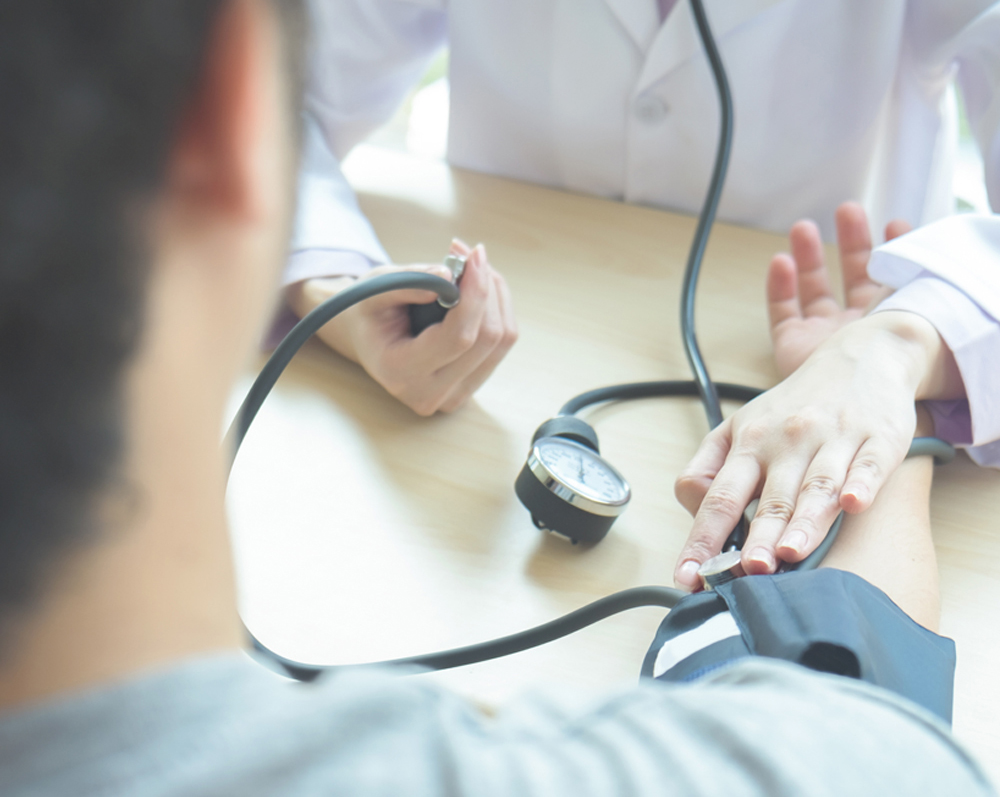
Blood Pressure Monitor
One of the things that is checked upon a patient’s entering the ER is their blood pressure. This monitor is used by nurses, usually the triage nurse, to check if the patient is suffering from high blood or low blood pressure. The nurse lists down the findings on a form that will also include other vital signs of the patient.

Gurneys and Beds
There are many of these in the ER, and you can see patients either sitting or lying down on them. These beds have wheels, which enable technicians to take a patient straight to another part of the hospital (usually for tests, operations, or when they are to be transferred to their room) without having to move them to a wheelchair or other form of conveyance.

Defibrillator
These are often used when a patient needs reviving, and are usually on stand-by in an ER. A defibrillator is just one of the many things that can be found in what is called a “crash cart,” which is a cabinet that carries equipment and materials needed to take care of a patient that is going into cardiac arrest.
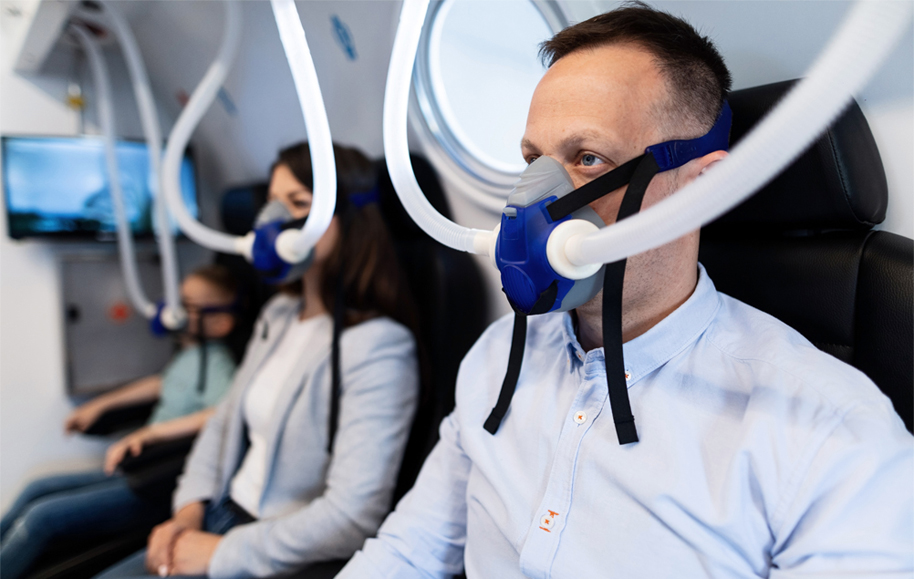
Oxygen tanks and nasal cannulas
These are also seen in emergency rooms, and used on patients that may require some help in breathing. The oxygen tanks may be seen on trolleys that make these easy to roll over to a patient that needs it, or can be hidden and the nasal tubes and cannulas are attached to wall installations instead, which are usually found near the beds of the ER.
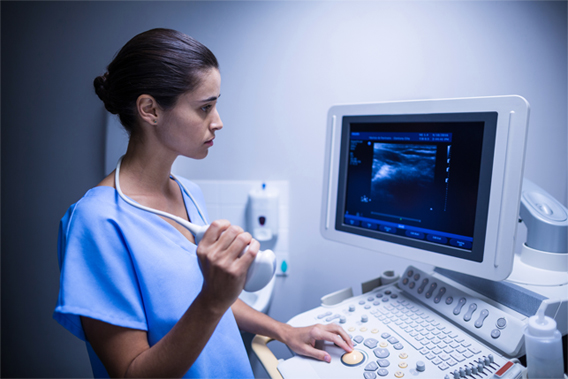
EKG Machine
This is used to determine if the patient’s heartbeat is normal or is irregular, as evidenced by the patterns that come out of this machine. These are usually portable machinery that is placed on a cart with wheels, and is used on patients who complain of chest pains, abdominal aches, and other symptoms that may suggest a heart ailment.
Featured Services
Orthopedic Medicine
Rehabilitation Services

Surgical Services
Cardiac Services

Primary Stroke Center


